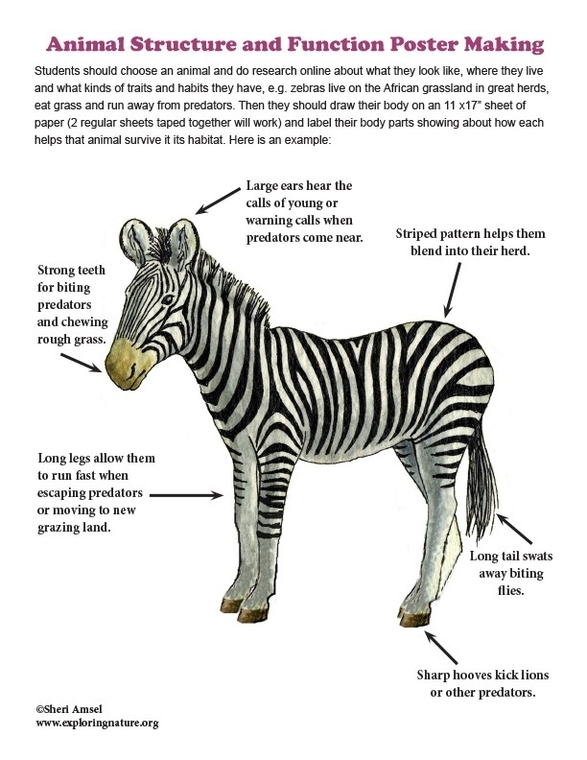
Animal structure is the study of how animals are organized and function at different levels of biological organization. Animals are composed of cells, which are the basic units of life. Cells can be specialized to perform different functions, such as muscle cells for contraction, nerve cells for communication, and epithelial cells for protection. Cells are grouped into tissues, which are collections of similar cells that work together to perform a specific function. For example, muscle tissue is made of muscle cells that can contract and relax to produce movement.
Tissues are organized into organs, which are structures that have a specific shape and function and are composed of two or more types of tissues. For example, the heart is an organ that pumps blood and is made of cardiac muscle tissue, connective tissue, and epithelial tissue. Organs are part of organ systems, which are groups of organs that work together to perform a major function in the body. For example, the circulatory system consists of the heart, blood vessels, and blood, and is responsible for transporting oxygen, nutrients, and wastes throughout the body.
The animal body is also divided into different levels of organization based on symmetry, body cavity, and segmentation. Symmetry refers to the arrangement of body parts around a central axis. Most animals have either radial symmetry, which means they have a circular or cylindrical shape and can be divided into equal halves by any plane that passes through the center, or bilateral symmetry, which means they have a left
